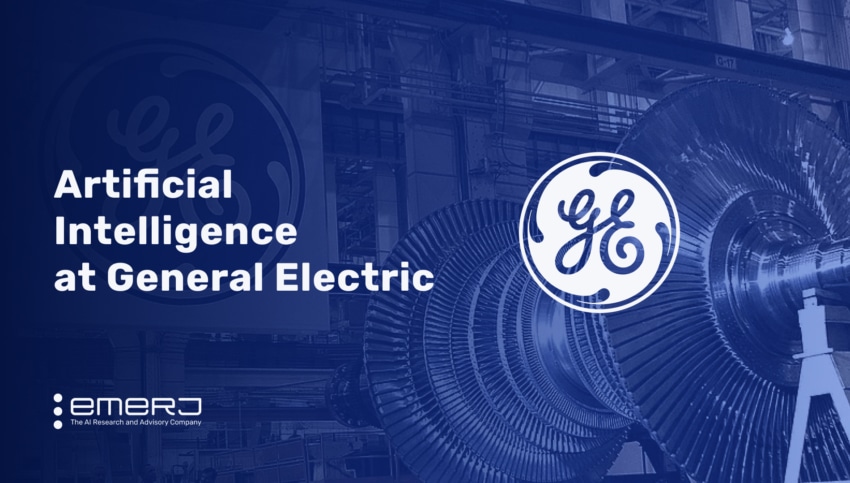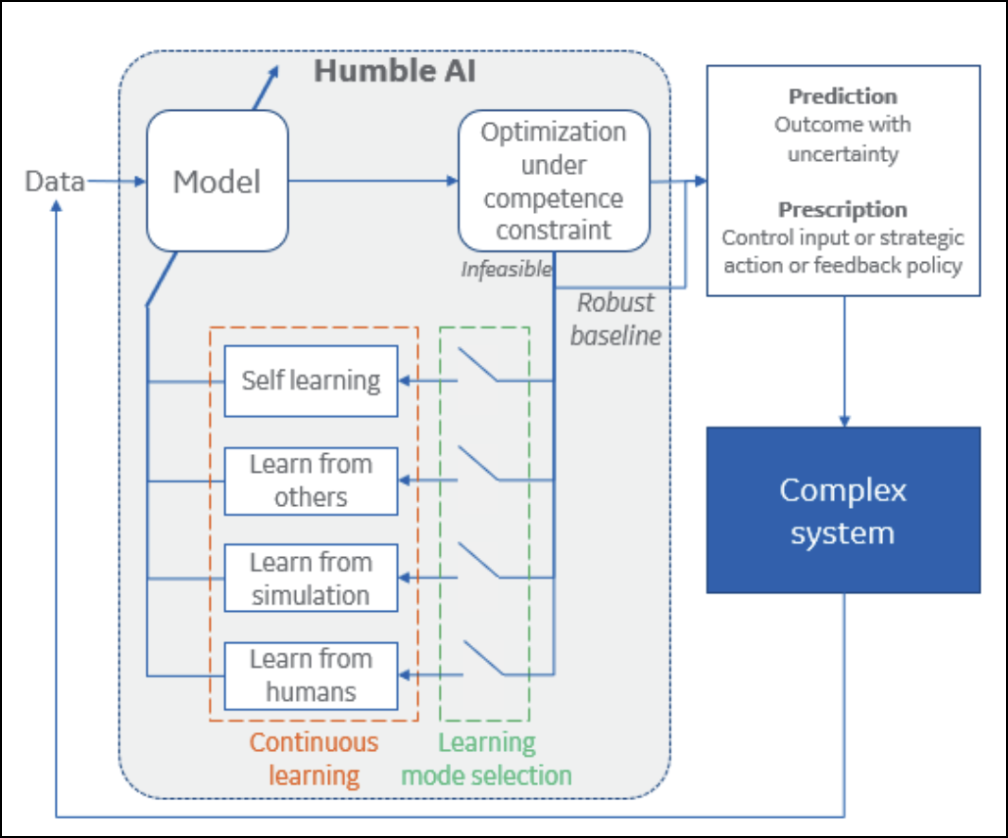
General Electric (GE) was founded in 1889 by J.P. Morgan and Anthony J. Drexel who came together to finance Thomas Edison’s research and merge their companies together. Originally, GE was an industrial and consumer products company but today, more than 130 years later, GE has transformed itself into a multinational, digital industrial corporation ranked as the 33rd largest company in the United States by gross sales in 2020, according to Fortune 500.
Today the well-known manufacturing firm operates in a variety of sectors including power, renewable energy, aviation, healthcare, and more.
In the manufacturing industry, current AI applications include predictive maintenance, telerobotics, ML algorithm implementation to predict demand, and many more. At General Electric, GE Global Research is the company’s department focusing on industrial developments in areas such as cloud and edge computing, physical and digital computing, and hardware and software development.
In this article, we aim to explore two important AI-related initiative applications at GE:
- GE’s “GENIX” Digital Twin Framework – A look at GE’s digital asset modeling tool for data collection and analysis to give operators equipment performance and operation insights.
- Predictive Maintenance for Wind Turbines – How GE is leveraging its “Humble AI” framework and digital twins to predict downtime and proactively maintain turbines in the field.
GE’s “GENIX” Digital Twin Framework
A “digital twin” refers to digital models of a physical product or asset that is connected to its physical twin through data communication; this communication from the physical product is what facilitates the virtual version’s update with crucial information. As a result, the digital twins use streams of data from the physical data to visualize the state of the asset that they’re monitoring. This gives equipment operators crucial information needed to make important business decisions, such as:
- When to turn a machine off for a scheduled maintenance event
- When a particular part needs attention due to damage or loss potential
- When a particular machine may be performing at below optimal efficiency
In addition, GE’S digital twin framework also delivers advanced capabilities for developing and implementing digital services applications that generate economic value by optimizing for future scenarios. These models are transmitted to a cloud-based runtime environment released by GE in 2015 called Predix which is made to deal with the daily model updates and more than run across different applications.

Since its development, GE has heavily invested in its digital twin development. Colin Parris, Senior Vice President and Chief Technology Officer at GE Digital, claimed that between 2016 and 2017 (the year following the new framework’s release), GE constructed over 1.2 million digital twins which generated approximately $600 billion in value for the company and its customers. Parris demonstrates a digital twin in action here:
While GE claims that the impact of this project “enables the creation of digital twins…running on cloud [that] become a single source of truth for all information related to an asset, including data about past and present state, condition, and performance,” our secondary research was unable to find any specific client use cases with stated improvements to their operations.
Predictive Maintenance for Wind Turbines
Colin Parris and his team at GE Research have been developing technologies to make AI more human by giving it a sense of its own capabilities — in a sense, programming it with humility. “Humble AI” refers to the capacity to be able to fall back to a known safe operation mode in the event that the algorithms fail to recognize the scenario or situation.
This Humble AI aims to provide a solution to costly consequences such as unexpected equipment downtime and maintenance by predicting downtime and allowing operators to focus on proactively maintaining turbines in the field.
Parris explained in an interview that this AI is being piloted in wind farms across the United States and that his team aimed to familiarize the idea of business risks to algorithms and be able to provide clients with early warnings and predictions of future model failures.
The primary idea behind [humble] AI is that models will know their competency and areas where they have a high degree of confidence…Ultimately, the promise of humble AI is that it can offer speed to value quicker with less business risk.
The pilot program that Parris and his team have been working on involves a wind farm with two wind turbines. They use an AI that forecasts wind speed, adjusts blade pitch, and other variables to catch as much wind as possible and thus generate electricity. Imagine that a new turbine has been installed when its control system identifies an irregular sensor input pattern. When the AI recognizes its unfamiliarity with the given circumstance, it will default to a known safe operation mode.
Furthermore, while operating in a safe mode, the humble AI can simultaneously gather operational data from this unusual input or input from human engineers or simulations, and learn from it. This complex process is demonstrated below:

Parris stated in an article “we’re using humble AI to achieve 1% higher energy output from AI-driven turbine controls at a wind farm with dozens of turbines in the United States.” Although GE has also asserted that this has delivered significant business outcomes for both GE’s businesses and customers, our secondary research was unable to find specific client use-cases with stated improvements to their operations.







